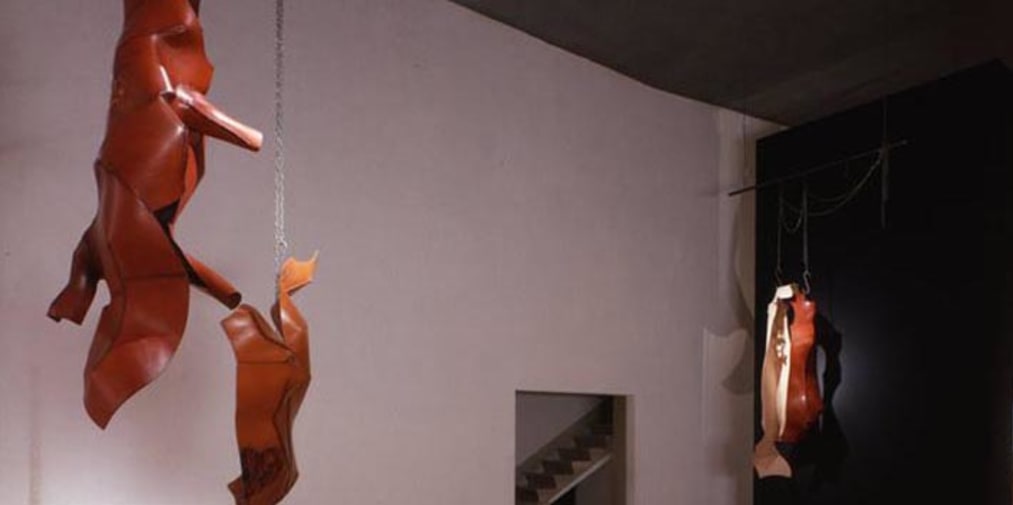Design Thinking for Prison Industries
Project duration: 1 September 2014 – 31 August 2015
Funded by: AHRC
Project summary
In future cities, design can make a contribution by developing tools and techniques that will help address recidivism by reframing prison industries as holistic 'creative hubs' that could better equip inmates to find employment opportunities when they are released from prison. Across the world inmates often work for prison industries to keep busy, earn some income and learn new skills that may lead to future employment opportunities, but prison industries rarely focus on creative thinking processes that help educate prisoners to become more resilient in the highly competitive and changing work places of the city where expectations of employment are often not met amongst marginalised groups, who in huge numbers fail to find legitimate employment and thus resort to crime. This project aims to help break that cycle.
In most prisons 'educational' and 'work' experiences are disconnected, and delivered separately; this project innovates a new approach. It explores if and how design engagement with prison industries offers new opportunities to connect with hard to reach prisoners. Also to draw on design to address the gap that currently exists between 'vocational' and 'educational' approaches to increasing employability amongst prisoners. The project introduces analytical approaches associated with 'design-thinking' (Kimbell, 2009, 2011) in accessible and visual ways into vocational prison industry activities, so that inmate learning can occur in pragmatic vocational contexts, producing a trial anti bag theft design or accessory. This 'Makeright' product currently being proposed - a label to be created by DACRC in both cities - engages inmates in co-designing and making products to protect potential victims from crime. Ultimately to deliver a form of 'restorative justice' by helping others avoid crime and perhaps also generating a much needed income stream for prisons.
A pragmatic approach to thinking/making may suit some inmate learning styles. The aim is to develop and test new opportunities for prisoners to engage in traditional prison industry activities empowering them to learn additional skills (such as improved communication, collaboration, systemic reasoning and empathy) via the design of an anti theft bag or accessory. These skills may be achieved via an experimental approach to teaching 'design-thinking' to inmates linked to prisoner engagement with the Makeright product range both in London and Ahmedabad. Professor Lorraine Gamman and Professor Adam Thorpe of the Design Against Crime Research Centre (DACRC) at Central Saint Martins worked in partnership with HMP Wandsworth, London and led the project. They collaborated with Dr. Praveen Nahar of the National Institute of Design, Creative Writer Aliya Curmally and with Sabarmati Jail, in Ahmedabad to test the creative research materials/design brief generated by DACRC, and observe whether or not they have efficacy, and to write up.
Project team
- Co-Investigator: Professor Adam Thorpe
- Co-Investigator: Praveen Nahar
Related links
- NID goes to Sabarmati jail for designs against theft! Times of India
- HM Prison Service, United Kingdom (Project Partner)

